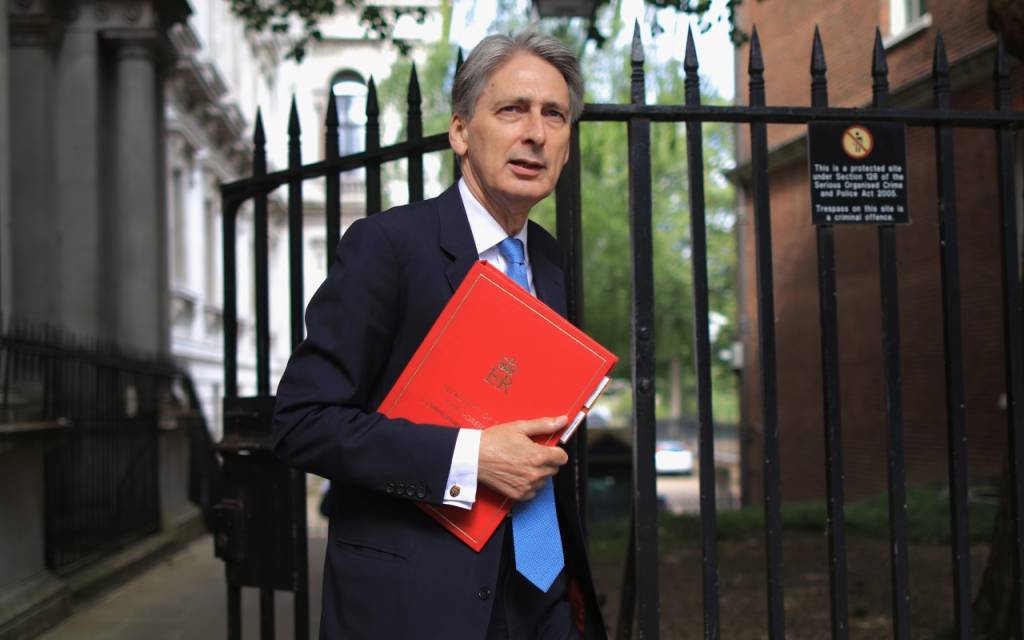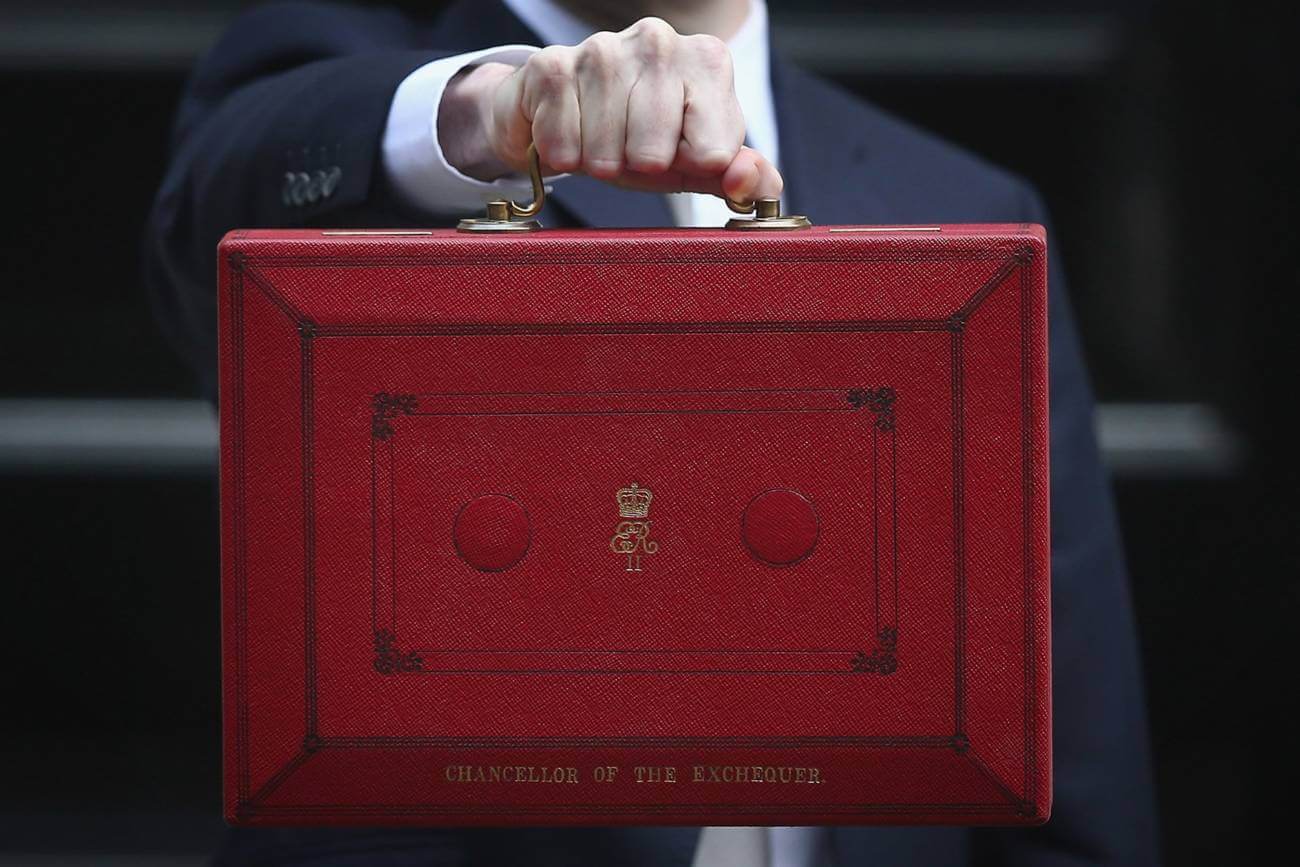Chancellor Philip Hammond announced in yesterday’s budget several measures which potentially help UK SMEs, but what does this actually mean for UK companies, and were the measures strong enough?
What should private businesses take away from this budget? We heard from Atkinsons, an accountancy practice in the UK. The headline measures and the concentration of the Chancellor was very much on other areas, although enterprise was mentioned.
Carolyn Fairbairn, Confederation of British Industry’s (CBI) Director General, welcomed this “rock solid” 2018 Budget which aimed to bring about “more treats than tricks for business”.
Some of the items that should be looked at in more detail were the off payroll working which is likely to affect all but the smallest private businesses who use contractors.
Business Rates Slashed
Hammond slashed business rates in the 2018 Budget, which was welcoming for many independent retailers, also in response to the demise of the UK high street and struggling retail businesses.
The Chancellor also unveiled a brand new £675mn ‘High Street fund’ which intends to redevelop UK’s High Streets.

Direct Lending Facility
The Government have increased UK Export Finance’s direct lending facility by up to £2bn, which is a move to help UK exporters.
In a previous letter from the British Exporting Association sought the following for the Direct Lending Facility, specifically, BExA seeks:
- An increase of a minimum of £500mn to the £3bn DLF limit in the short-term, so that facilities can continue to be written.
- An overhaul of the accounting treatment for DLF sell-down to eradicate unintended consequences. As outlined in the Annual Benchmarking paper, the current policy, whereby DLF liabilities remain on the UK balance sheet even if sold down under a UKEF guarantee, is in need of urgent review. BExA argues that DLF that has been sold down should be treated as a contingent liability and therefore off balance sheet, recycling DLF capacity.
- A commitment that assures the long-term future of DLF as a UKEF product available to all UK exporters.

Annual Investment Allowance
Coming into effect from the beginning of 2019 and to last for two years, the plan is aimed at “stimulating business investment”, Hammond said yesterday in The Budget Statement 2018.
The AIA was introduced in April 2008, at a £50k ceiling, subsequently increasing to £500k (with a small dip) and then sustained at £200k until 2019.
Simply put, AIA is a stimulant of business investment, which is aimed to help British businesses with the purchase of business equipment.
Entrepreneur’s relief
There was a change to entrepreneur’s relief, to more narrowly target this at employee shareholders who have got 5% interest in profits and assets, so that will be significant for those affected.

Digital Services Tax (DST)
Hammond announced the introduction of a ‘Digital Services Tax’, applying to digital businesses who have annual UK revenues over £25mn, including industries involved in search, social media and any online marketplaces, for businesses with global revenues of £500mn or more.
Conclusion
But overall, relatively neutral. Mike Cherry, national chairman of the FSB said: “This is the most small business-friendly budget that this Chancellor has delivered.























